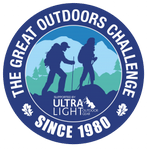Just before we dive into TGOC24 here are the results of the TGOC23 survey. Thank-you to everyone who took part as it helps us shape future Challenges
Who responded to the survey?
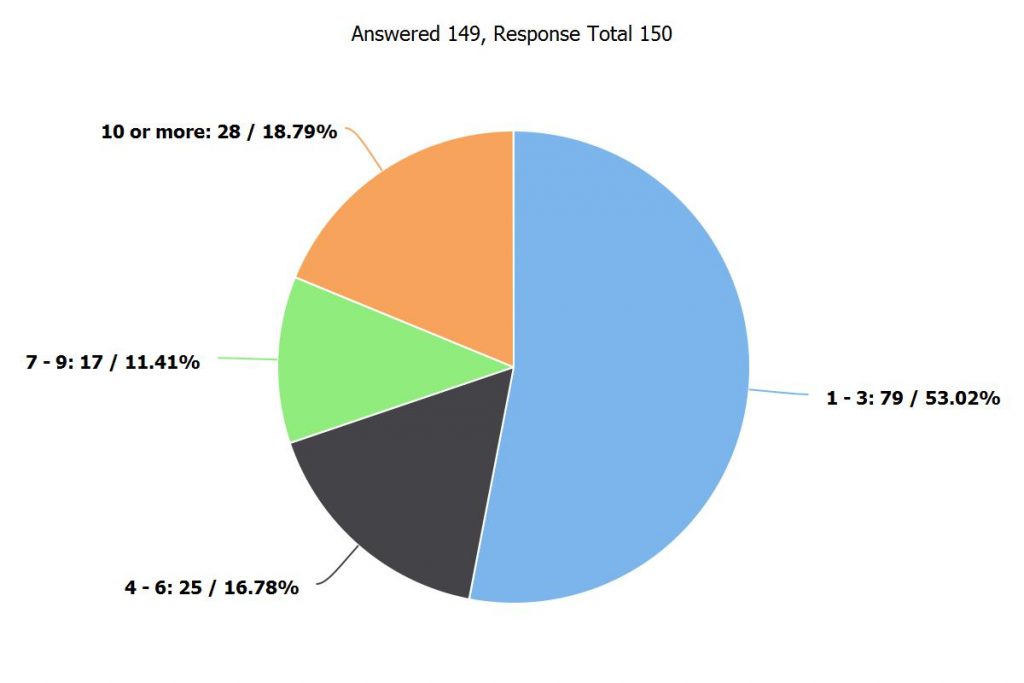
150 people who had entered TGOC23 shared their views anonymously with the Coordinators. Of those 68% were solo walkers – higher than the percentage walking solo but we suspect some group leaders have responded on behalf of their teams.
The number of Challenges walked reflected that of the TGOC24 population.
Information and resources
90% of respondents found information easy or very easy to find relevant information in the Event and Final Details and useful while only 66% found the information on the website useful so we will look at improving the accessibility of information there in future years.
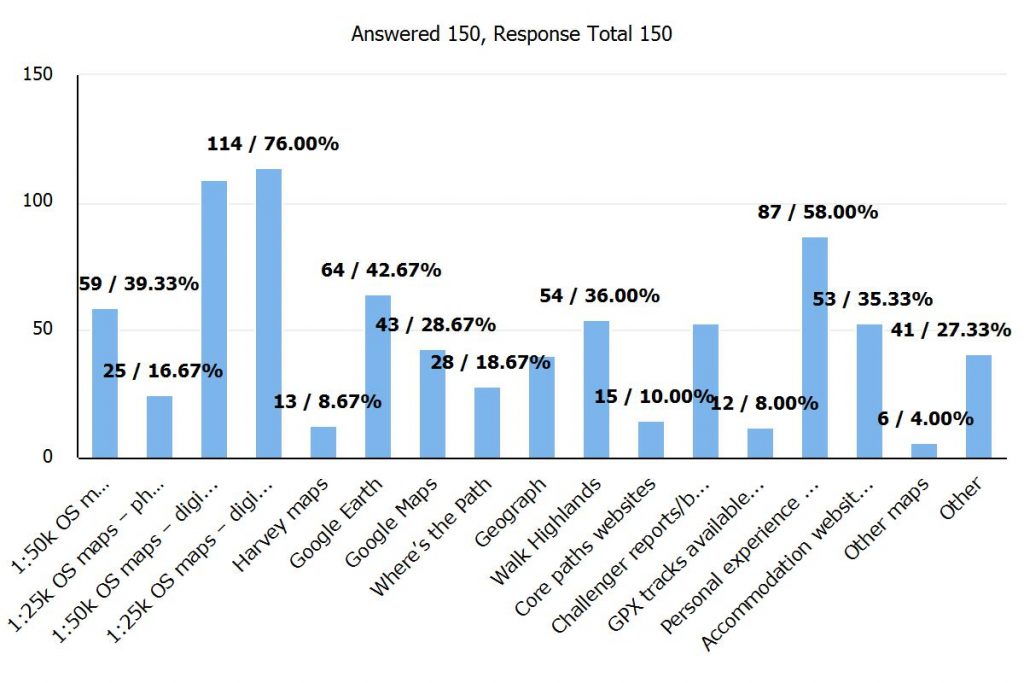
Seeing what resources Challenger use to plot their routes is always interesting and the trend towards digital mapping continues with online use of 1:25k and 1:50k OS maps being used twice as often as 1:50k paper maps and Google maps also outstripping use of paper maps.
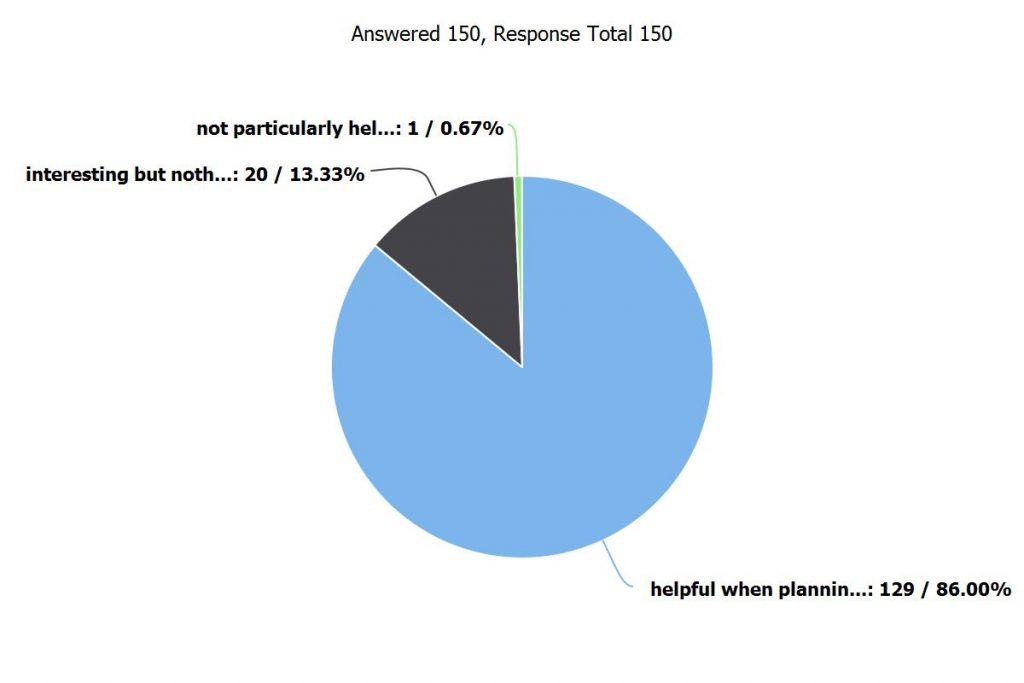
Vetters’ assessment and advice remains highly valued by Challengers with 99% of Challengers finding their comments either helpful or interesting and only one respondent feeling they were neither helpful nor interesting. As ever our thanks go to our team of vetters who spend there winters pouring over maps, route sheets and this year GPX files.
Mapping and GPX files
The percentage of routes planned entirely using digital mapping has risen further, to 90% of respondents, with a further 6% using it for some sections. However as the survey is conducted online there may be some selection bias towards those more comfortable with digital media. However we are confident that this is now the predominant way to design a route amongst Challengers.
This year we experimented with the submission of GPX files along side the conventional route sheet. We found that the Coordinators and most of the vetting team found them helpful when assessing routes. At Challenge Control, where we had expected them to be useful, we found using route sheets was a quicker way to establish a Challenger’s probable position if concerns, such as a missed phone in were raised mainly because GPX files take a significant time to upload. It would be too time consuming to upload them all to our digital platform prior to the start when relatively few need detailed examination during the Event. Around 45% of routes were accompanied by GPX files so we asked what prevented Challengers from submitting theirs.
Answered 81, Response Total 150
| Answer Choice | Selections | % All Question Responses | % All Survey Responses |
|---|---|---|---|
| I wasn’t sure how to download GPX files from my digital mapping programme. | 35 | 43.21% | 23.33% |
| Other | 25 | 30.86% | 16.67% |
| I wasn’t able or didn’t want to share my files via a cloud based system as requested | 13 | 16.05% | 8.67% |
| I didn’t know submitting GPX files was an option. | 11 | 13.58% | 7.33% |
| I found the process too time consuming. | 8 | 9.88% | 5.33% |
| Another team member prepared and submitted our route. | 7 | 8.64% | 4.67% |
| I didn’t plot my route on digital mapping | 5 | 6.17% | 3.33% |
| I found the guidance in the Event Details confusing/needed more guidance. | 1 | 1.23% | 0.67% |
In the “other” section the most frequent response was that the route had been resubmitted from one of the Covid-19 hit years and therefore previously vetted.
We would like to encourage more Challengers to submit GPX files for TGOC24 (though it will not be compulsory) so aim to produce some YouTube videos this year showing how to download files from the most frequently used platforms and simplify the way in which files can be presented. For now the requirement for sufficient detail on the route sheet, even with accompanying GPX files, will remain.
During the Challenge
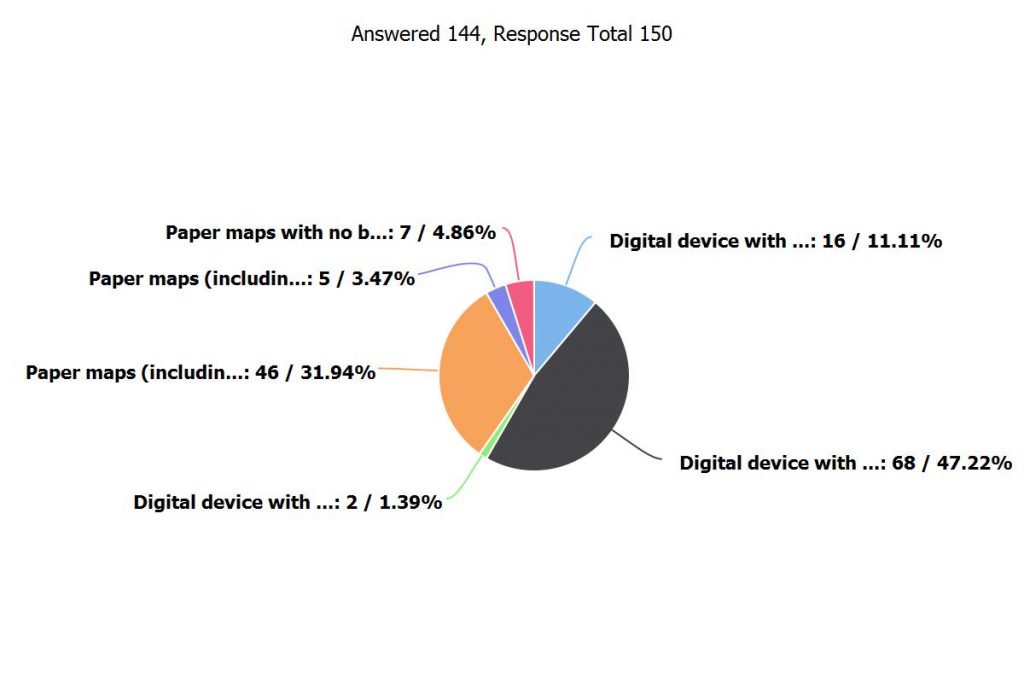
Again we saw another increase in the numbers using digital devices to navigate – nearly half using digital mapping with paper maps as a back up and another 30% using paper maps with a digital back up. Notably there are still some people having no back up method though most of these (7 out of 9 people) were solely using paper maps. These can get lost or blown away just as easily as a digital device might run out of battery or fail so we hope on future Challenges they will take some form of backup. Physical compasses remain the preferred method but an increasing number of people also use a digital compass – and we urge the one person who admitted to not carrying a compass at all brings one on their next crossing!
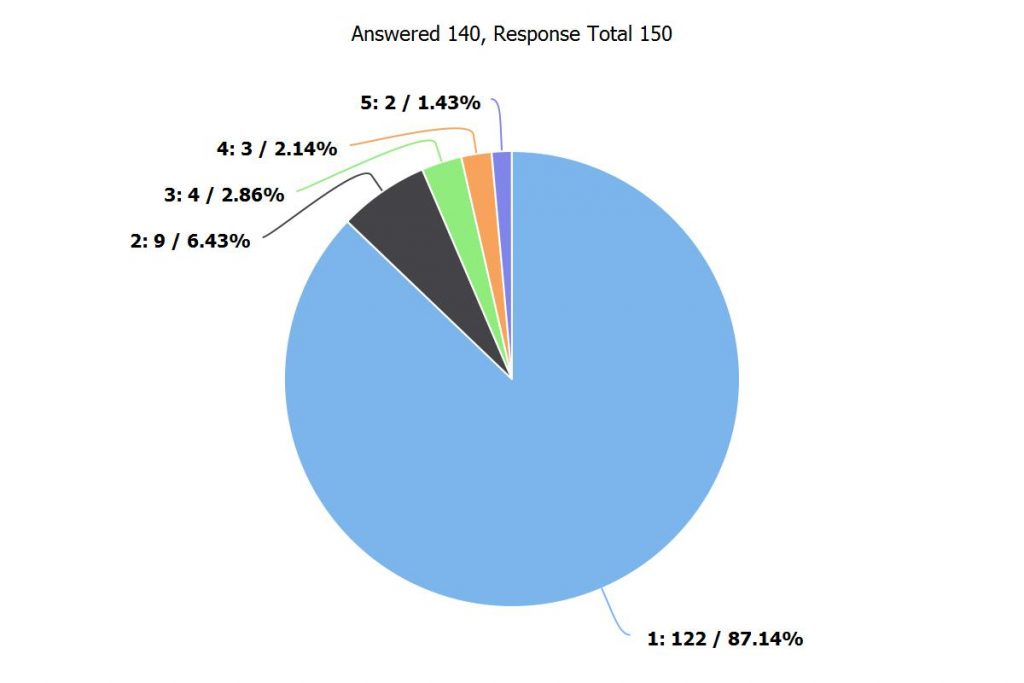
We were glad to see that 95% of people found it very easy or easy to contact Challenge Control during the Event. Those who had difficulties largely quoted problems with mobile signals which is largely out with our control. We do try to ensure formal phone ins are in places where a mobile or Wi-Fi signal is available or there is likely to be a landline – if you ask to use it you will rarely be refused especially if you explain the importance of the call.
Staggered start and smaller dinners
Staggering the start over two days appeared to be effective this year and the support for both this and the more frequent smaller gathering at the Park Hotel has significantly increased. As one person pointed out newer Challenger (around 40% of respondents) will not have experience the older system where most people starting on the first Friday and the biggest dinner being on the Thursday. Unfortunately the survey portal we have used does not allow to look for a difference between those who have participated in 3 or more Challenges and those who have participated in 1-3 and therefore less likely to have taken part pre-pandemic but we do feel the fact they have participated recently means their opinions are valued.
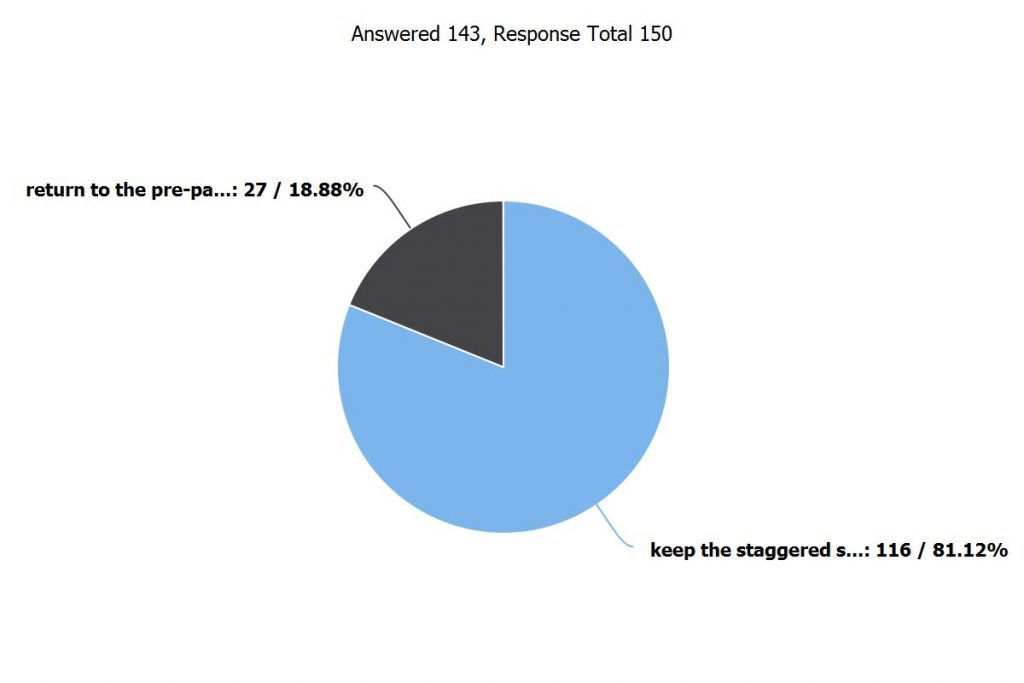
The figures for the staggered start over two days are quite overwhelmingly in favour of it suggesting that regulars Challengers also see the benefits of spreading the load on start points and increasing the chances of getting accommodation in popular spots such as Braemar and Ballater. Without the staggering, because of the increasing popularity of some start points we would have to limit numbers, which we suspect would both be unpopular and difficult to administrate.
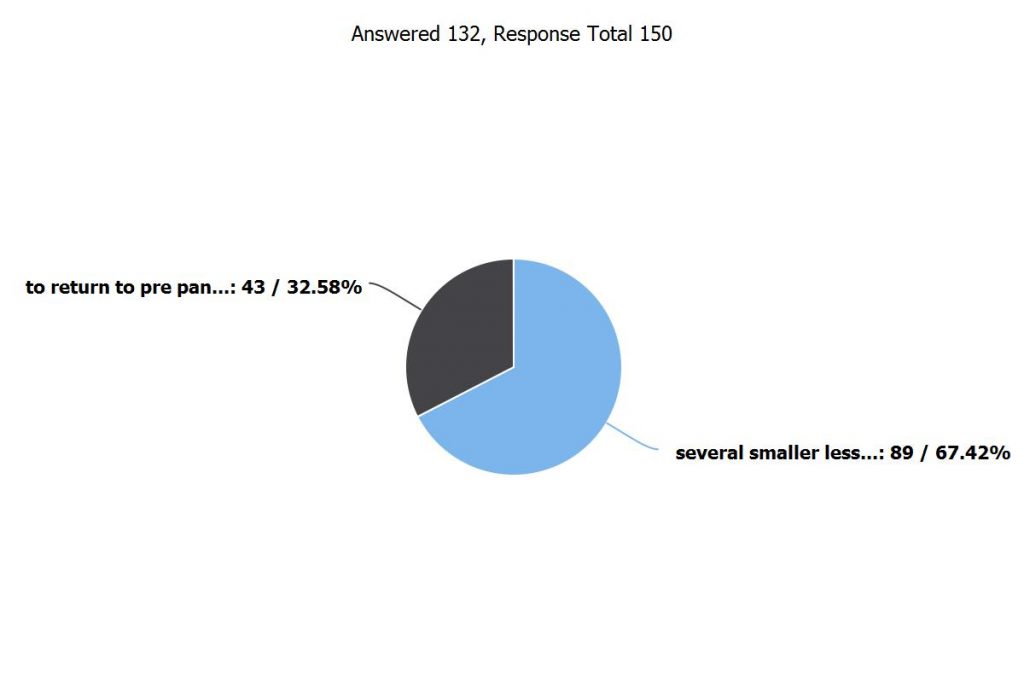
With regards to the dinners asking the question may be a moot point as we know it is no longer possible to fit 180 people in the ballroom – maximum is now around 150 – and that would necessitate moving Challenge Control up to the much smaller Kinnaird room. From a Challenge Control personnel point of view the cooler better aired room downstairs is preferable.
Overall satisfaction
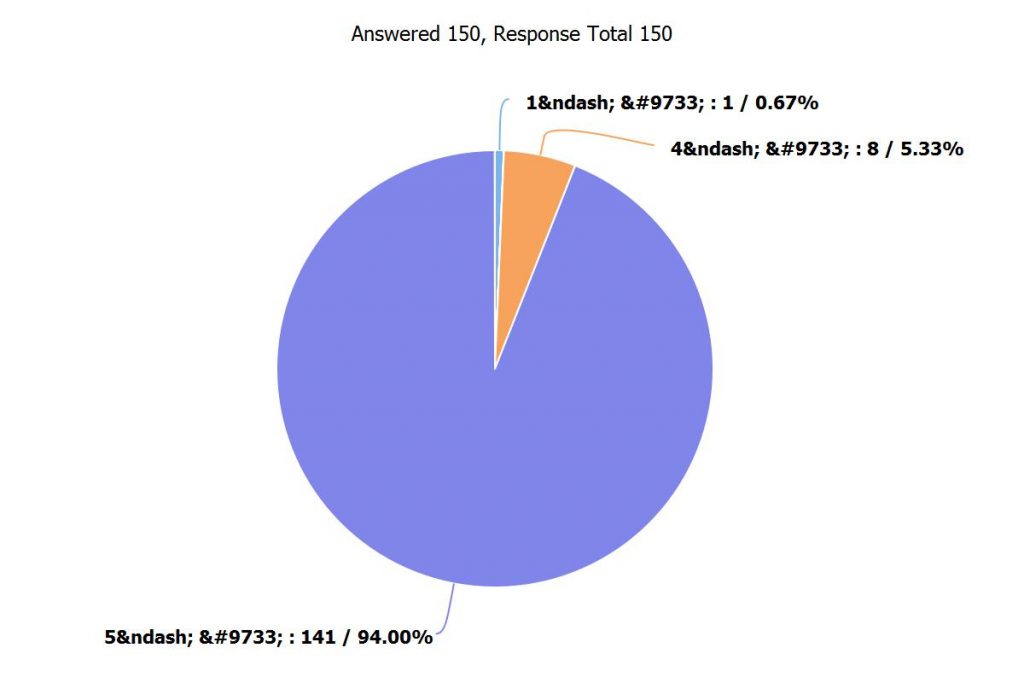
We were really pleased to see 94% of Challengers giving the information and support they received prior to and during the Event a 5 star rating. All the rest bar one rated the support at 4 stars. We are not complacent though as one person felt very unsupported, giving a one star rating. If that individual would like to contact we would genuinely like to hear of their concerns, as one unhappy Challenger is one too many.
That’s all for the 2023 survey – now our attention is fully on TGOC24 – news on how to enter will follow shortly.
